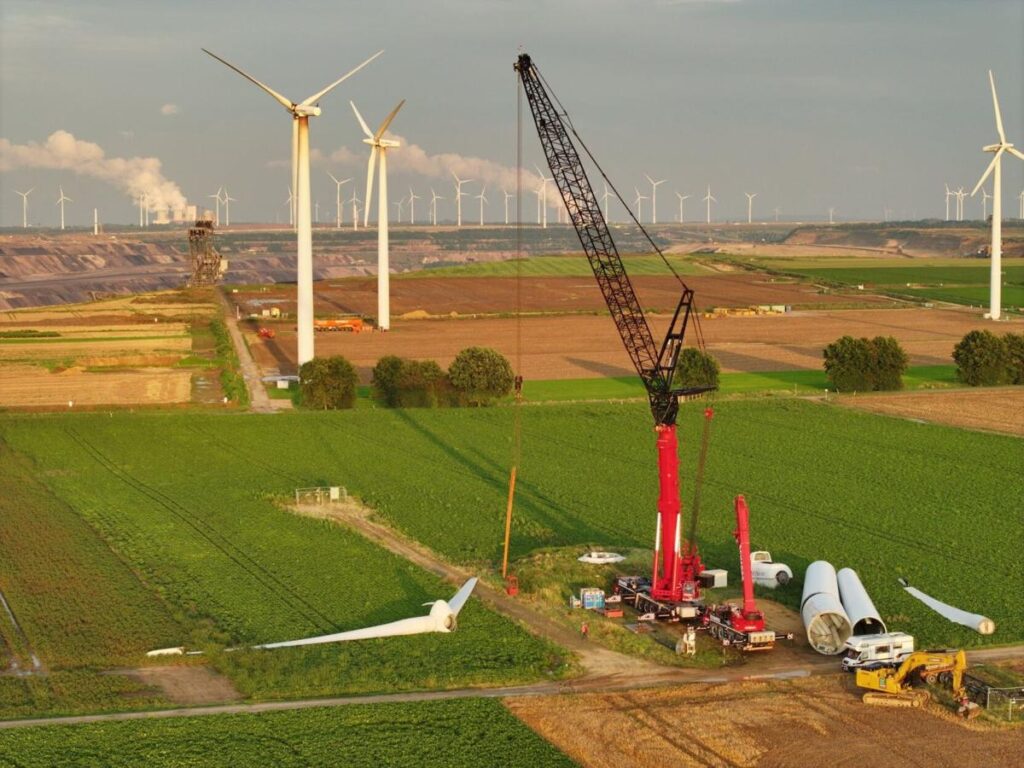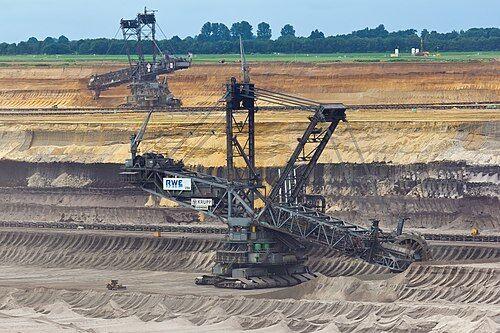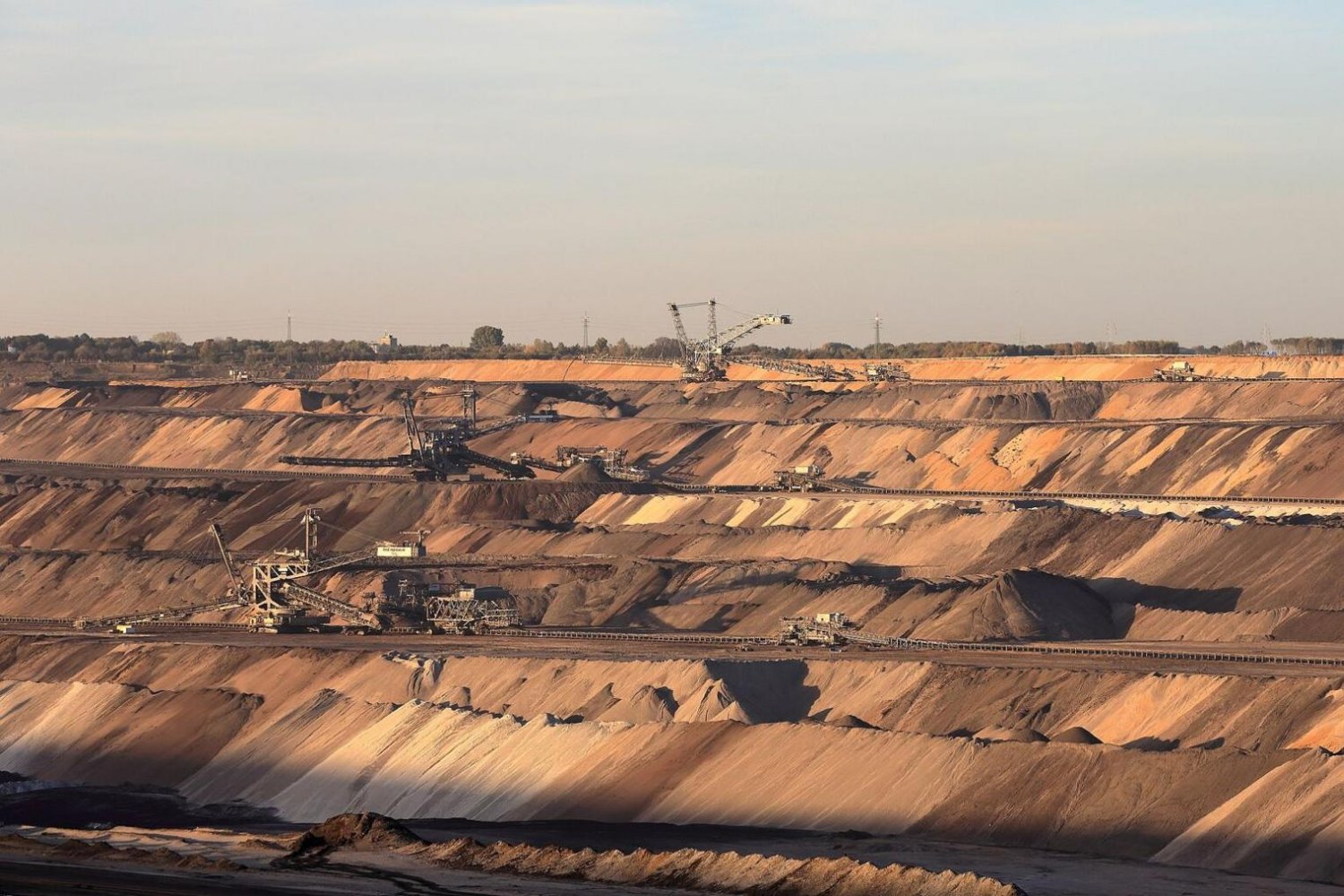By Shaun Polczer of Western Standard
It’s almost been the stuff of urban legend among environmental activists and critics alike: a mythological wind farm in the German Black Forest being picked apart like candy to make way for a proverbial coal mine.
It’s the same one Alberta Premier Danielle Smith referred to when she called out federal Energy and Resources Minister Jonathan Wilkinson for urging Alberta to “be more like Germany” in terms of climate policies.
It’s a cautionary that ranks alongside Hansel and Gretel in the German collective consciousness, and indeed, policy makers in this country grappling with Ottawa’s proposed electricity regulations.
As it turns out, it’s mostly true.

to expand the Garzweiler coal mine. Photo: BUND NRW/X (Twitter)
New details are emerging with respect to the Garzweiler coal mine operated by one of Germany’s largest electric utilities, RWE, which also happens to operate a pair of solar farms near Vauxhall in Alberta.
The mine, which has been in operation for more than 100 years, will be expanded to produce as much as 20 million tonnes of ‘lignite’ or so-called dirty ‘brown coal’ used in coal-fired power plants after the EU nation faced a potentially crippling energy crisis as a result of Russia’s invasion of Ukraine. The company’s website says the mine has capacity for 30 million tonnes per year.
Earlier this fall the company began removing almost a dozen wind turbines to expand the open pit mine in Westphalia, near the Dutch border.
Garzweiler, which has been dubbed the largest ‘open pit’ in the world, features two of the largest bucket draglines ever made. It has been controversial since at least the 1980s when an estimated 30,000 people were displaced from their homes to expand it.

the largest machines made on Earth. (Wikipedia)
Until recently, plans for Garzweiler II would have required the “removal” of an additional 12 towns. That is, until RWE reached an agreement with the German government this spring to phase out coal by 2030 — instead of 2038 — after thousands of activists, including Greta Thunberg, planted themselves on poles to protest. Hundreds of police were called in to remove them.
As part of the deal RWE was to install a significant amount of wind and solar to appease the environmentalists.
In April it was reported that Canada’s RBC helped arrange up to US$5.4 billion in multiple credit lines to fund the expansion.
Germany had long been touted as a “climate leader” in shaping the EU’s emissions policies. Prior to the war in Ukraine it was on track to cut its emissions by 65% from 1990 levels by 2030 and fully eliminate them by 2045.
Those hopes were dashed after RWE announced plans to restart at at least three idled power plants and resume plans to expand the mine.
“According to the current status, Germany would still emit 229 million tonnes of climate-damaging greenhouse gas emissions in the target year 2045,” a report from the German environment department, UBA, found.
Now Germany’s environmental policies are facing growing opposition for being unaffordable.
Read the full article here.
Wind Concerns is a collaboration of citizens of the Lakeland Alberta region against proposed wind turbine projects.


